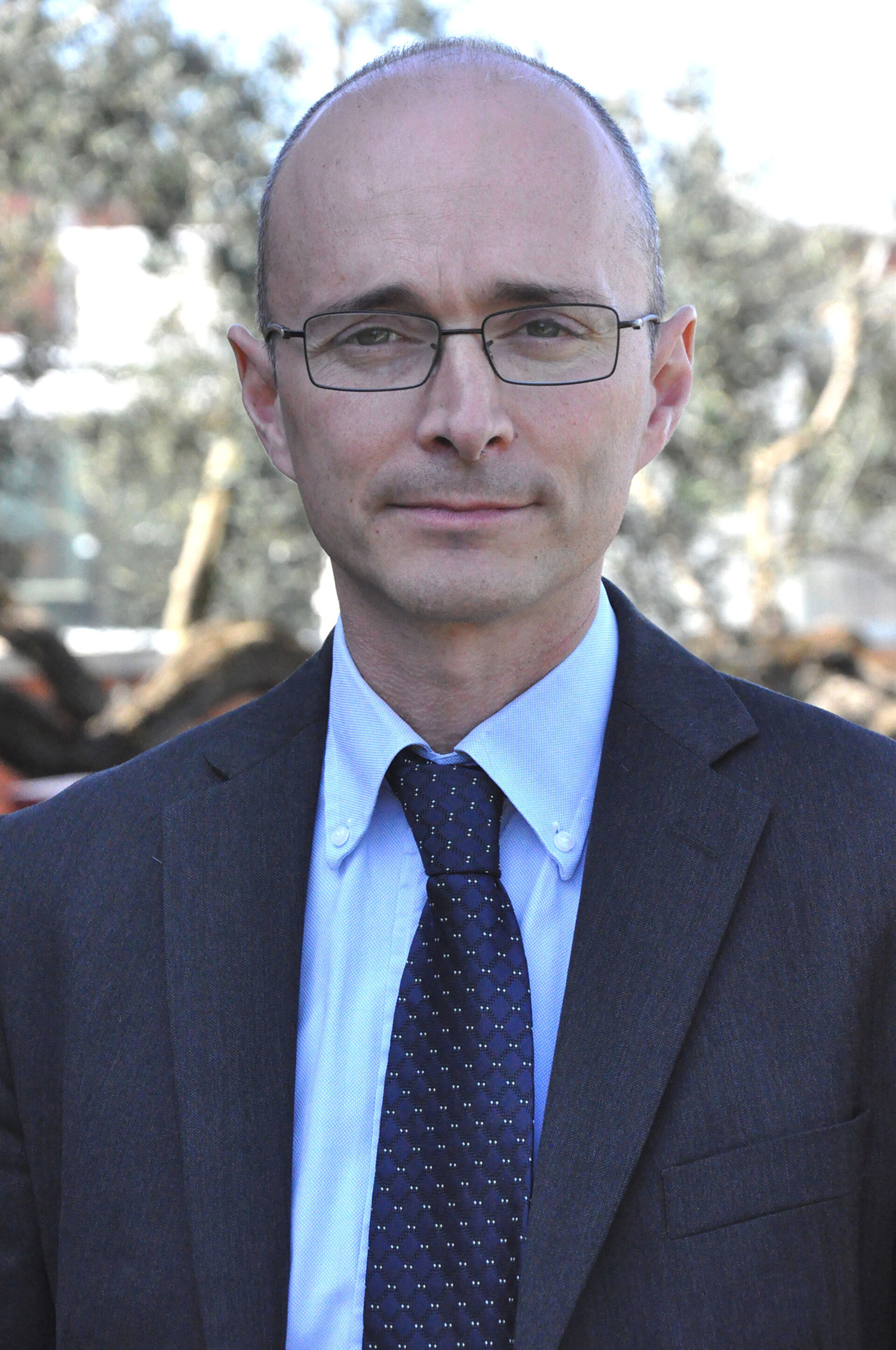Pier Bargellini: Head of the Copernicus Space Component Mission Management and Ground Segment Development Division
Pier Bargellini is the Head of the Copernicus Space Component Mission Management and Ground Segment Development Division, within the Ground Segment and Mission Operations Department in ESA’s Earth Observation Directorate. In his position, Pier is responsible for the development of the overall Copernicus Space Component ground segment as well as the mission management and routine operations of the Sentinel satellites.

Pier, an Italian national, joined ESA in 1997 after graduating in Aerospace Engineering from the University of Pisa. For 15 years, Pier worked at the European Space Operations Centre (ESOC) in Darmstadt, Germany. During this period he was involved in the development and operations of a number of Earth observation missions. From 1997 to 2004 he was responsible for the Envisat platform operations. He was then appointed Spacecraft Operations Manager and covered this role for several EO missions, including MetOp-A’s launch and early-orbit phase, ADM-Aeolus and the Sentinels.
In 2012 he moved to ESA’s centre for Earth observation (ESRIN) in Italy, where he was nominated Head of the Copernicus Space Component (CSC) Mission Management and Ground Segment Development Division.
ESA: What makes the ground segment for the Sentinel missions unique?
Pier Bargellini
The ground segment includes all facilities and services required to operate the mission. Besides the monitoring and commanding functions necessary to control the satellite, the ground segment will receive the data measured by the instruments on-board the Sentinels, process the data to generate products, control their quality, archive them and finally disseminate the final datasets to the users.
In the case of the Sentinels, the ground segment is implemented via a federation of centres across Europe and beyond, taking stock of the best expertise and facilities available on the continent.
For instance, to support the upcoming Sentinel-1 mission, the ground segment will rely on a network of telemetry and tracking S-band stations, four X-band receiving stations, three near-real time processing centres, two processing and archiving centres, one mission performance centre and one precise orbit determination centre. These will be complemented by the flight operations control centre and the payload data management centre, and connected by a dedicated data circulation network.
ESA: How will the data be delivered to users?
Pier Bargellini
The Sentinel data will be available free and open to all users, in line with the Copernicus data policy.
All measurement from the Sentinels will be received on-ground and systematically processed to generate final user products. The CSC ground segment will disseminate these products on-line.
Dedicated data access points are available and tailored to the needs of the specific use typology. For example, Copernicus Core Services typically require timely access to predefined datasets which will be made available via the Copernicus Space Component Data Access portal. In other cases, the user may wish to select a subset of Sentinel data, that will be easily accessible on-line via a dedicated Sentinel Data Hub portal.
Irrespective of the data access point, the CSC ground segment will provide a set of services to all users, the so-called User Service Charter. Beyond the typical user registration and helpdesk functions, the CSC ground segment will provide innovative functions such as hosted processing and research and support services.
ESA: What are the major challenges of Sentinel-1’s data dissemination?
Pier Bargellini
One of the main challenges of the data dissemination is associated to the large volumes of data involved. In fact, once the Sentinel-1 constellation of two satellites will be in orbit, the ground segment will generate more than 2 terabytes a day of products for onwards distribution to the users.
The challenge is not only associated with the volume, but also ensuring that the right data are available at the right time to the user. To achieve this objective, the ground segment will process, store and distribute this continuous stream of data with very stringent performances in terms of data quality, timeliness and availability.
Furthermore, the ground segment has been designed to maximise its flexibility and ensure it will be able to very quickly adapt to new and evolving requirements form the broad user community.
ESA: What is the procedure for archiving Sentinel data?
Pier Bargellini
All Sentinel data, once acquired and processed, will be archived for long-term data storage and preservation.
This is a critical functionality, since the Sentinel data are expected to serve not only applications with near-real time needs such as maritime surveillance or emergency response, but also domains requiring long-time series and historical data sets, like climate change or land monitoring services.
For preventing the risk of losing any information, the data will be stored in two physical separated centres. In addition, access to the Sentinels’ archives will be regularly exercised to ensure the stored data are not degraded and still immediately accessible to the users.
Editor's note:
This is one in a series of interviews with a few of the key people that are involved in the Sentinel-1 mission. Please check back as the list will be added to over the coming weeks.




